Back Route to the Olla de San Vicente with the children
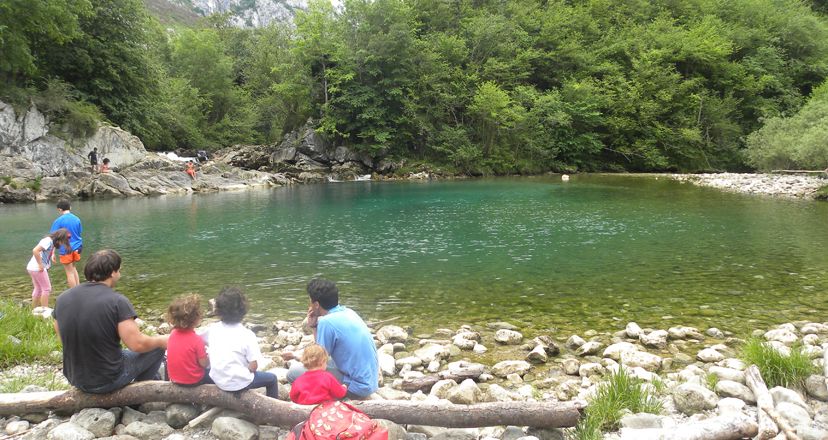
Route to the Olla de San Vicente with the children
The route along the banks of the Dobra that leads to the famous Olla de San Vicente is one of the best known and most popular routes in Asturias, and is undoubtedly ideal to do with children.
The path along the banks of the Dobra River that leads to the famous Olla de San Vicente is one of the best known and most frequented in the region. In fact, I think that almost all Asturians have done it at least once in their lives, and probably during their childhood. On the one hand, the route is short, so it is suitable for all kinds of people and is more of a walk than an excursion; and on the other hand, its impressive beauty makes it the place chosen by many walkers to spend a pleasant day. Although, without a doubt, it is not the path that is most enjoyable, but the final destination: a large natural pool of a spectacular green colour and up to 5 metres deep that leaves neither adults nor children indifferent.
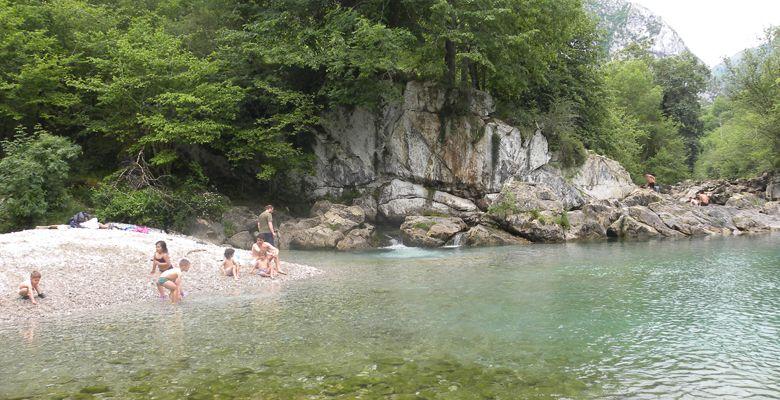
The Dobra River, a natural spectacle
The Dobra is a short river, about 23 kilometres long, which rises on the León side of the Picos de Europa and flows into the well-known river Sella. Canyoning is common in the upper reaches of the Dobra. The torrent passes through spectacular corners of the Amieva council, which conserves large native forests (elm, willow, chestnut and oak trees). The last stretch, now on flat terrain, is where the route begins. Wherever you look, at any point along the river, the water is crystal clear and there is no pollution to be seen, partly because there are no human settlements along its entire course. This river is a spectacle of nature, few waters have such a colour nowadays.

The route with the children
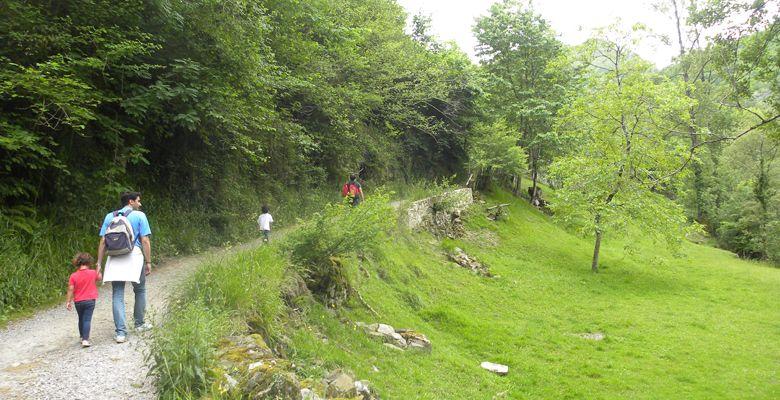
Before I go into the details of the trail, I will give you some brief indications of where it starts. To get to the starting point we had to take the N-625 from Cangas de Onís in the direction of the Pontón pass. Once past Caño, we arrive at Tornín and, after passing the village, on the left side of the road we find a restaurant with its own car park, for the use of customers only. There is also a public space where you can park a dozen cars but, in high season, it is possible that you won't be able to find a place, as happened to us. In any case, in nearby areas you can find a few more places to leave your car.

Having made this point, I will tell you all about the route, which is ideal for children but cannot be done with pushchairs, unless you decide to fold them up and carry them when you reach the most difficult sections. I, of course, do not recommend this option and I think it is preferable to use a backpack to carry the youngest members of the family. Besides, as the route is relatively short, it is very easy to do. And another recommendation that I don't want to overlook is that children under five or six years of age should always be accompanied by an adult, as there are some sections that are a little more complex. Some are narrow and others are on rocks next to the river, so I would advise that, at that age, they should hold the hand of an adult. Bearing these two points in mind, I think it is without doubt a perfect route to do with the family and well worth the effort. I admit that I've done it several times and I don't get tired of repeating it.

The walk with small children takes about an hour. The first part of the path runs on a wide track, so there is no difficulty at all. However, just two hundred metres after starting the path, you will come to a stone bridge, known as the Roman or old bridge, which should not be crossed, as it would take you to another destination. In any case, you can't get lost on the path. Along the way, there are stretches where you go right next to the river and see pools where you might want to go for a swim. There are also some stone huts along the way, with spectacular scenery in the background.

The second part of the trail is perhaps, as I said, the part where you have to be more careful with small children, as the path becomes narrower and part of it runs over rock, where in wet weather we could slip. But what is a disadvantage for the little ones, was an adventure for my eldest son, who found it much more entertaining and exciting than walking on solid ground. So he was delighted to overcome obstacles.

Our destination, the great natural pool

We knew we were just a few metres from the end of our route when we found that the path became wider again and was over a small meadow with trees on either side. In fact, right at the end, those trees are more abundant and it seems as if they wanted to give the place a little more mystery. And yes, the kids went crazy with excitement because it was like finding a green swimming pool surrounded by white stones in the middle of nature, so if you want to go for a swim, it's a good idea to wear flip-flops. But don't forget that the water comes down from the Picos de Europa, which makes it a natural pool with a very cold temperature. Not all of us dared to go for a swim, so it might be a good idea to come back when the summer is over.
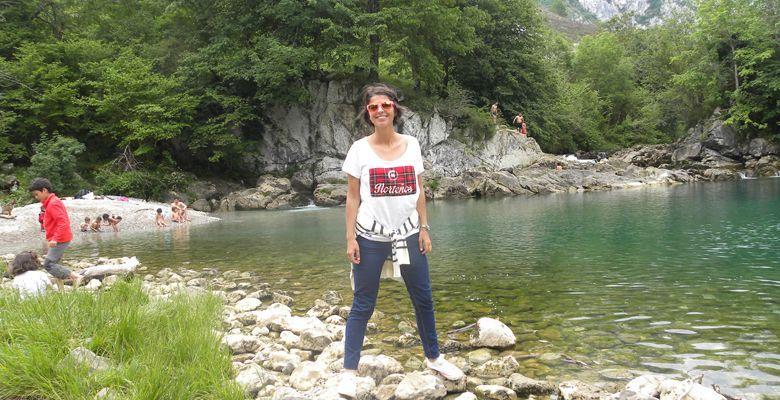
For me, the best plan is to take some sandwiches or tortillas and eat there, looking at the landscape. In fact, if you find the stones a bit uncomfortable, you can go up to the area above the pot, where there is a large prairie and from where you can see the pool from above; views that are not to be missed. And so, if you eat there as we did, and after a swim, the children will come back with renewed strength. It is certainly one of the most beautiful and, at the same time, simple routes in our region.

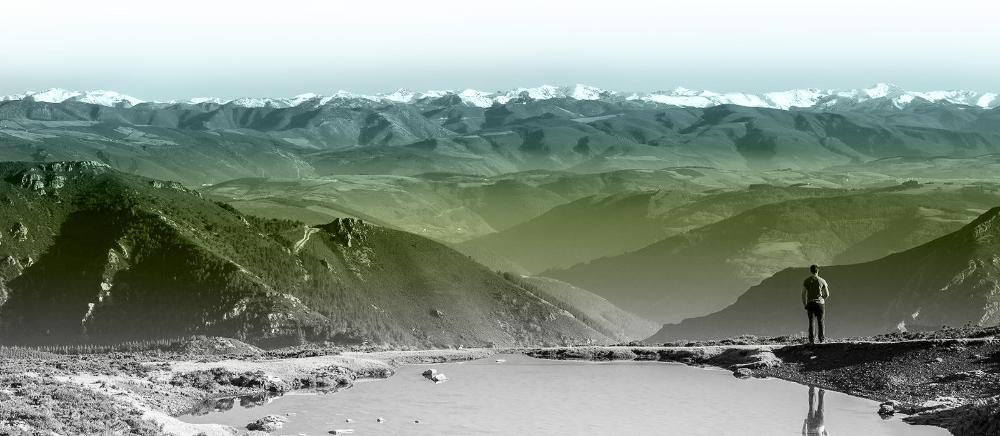
Subscribe to our newsletter and take advantage of offers, discounts, and news
Subscribe


